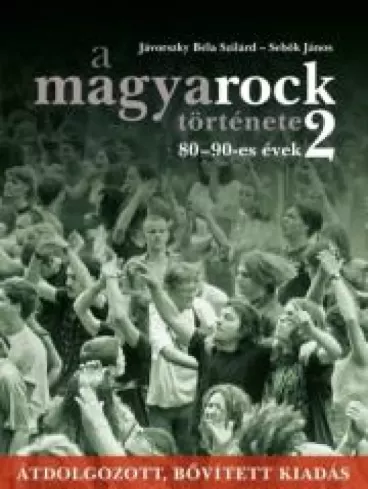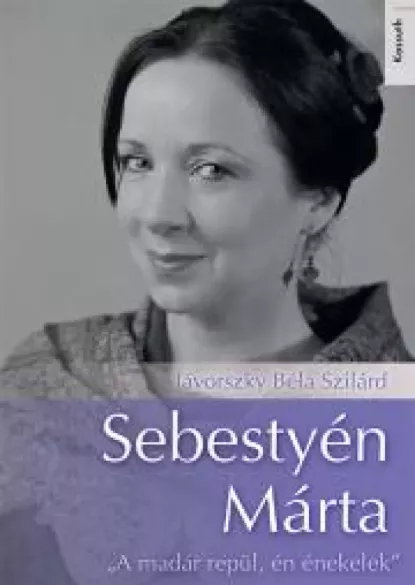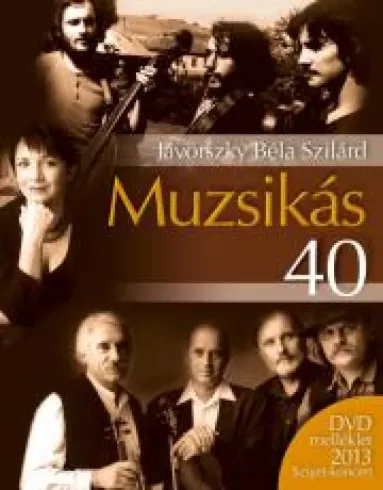
A kép illusztráció
Jelenleg nem rendelhető
Korábbi ár:
2 673 Ft
Borító ár:
3 990 Ft
Rendeléskor fizetendő online ár:
3 392 Ft
"The first táncház in Budapest was held on May 6, 1972. It began as a private event for insiders, but within a year, it was swarming with urban youth. Thus began a grassroots revolution of dance, culture, and lifestyle, organized without political aims, which is referred to today as the táncház movement. And still, the táncház keepsattracting hundreds of thousands worldwide from Toronto to Tokyo.The expression táncház - literally: dance house - comes from Szék (Sic), a smallHungarian village in Transylvania, referring to their regular dance nights, and an opportunity for having fun, socializing, and dancing."
Leírás
Raktári kód:
167672
ISBN:
9789630984140
EAN:
9789630984140
Megjelenés:
2015.
Oldalszám:
184
Nyelv:
angol
"The first táncház in Budapest was held on May 6, 1972. It began as a private event for insiders, but within a year, it was swarming with urban youth. Thus began a grassroots revolution of dance, culture, and lifestyle, organized without political aims, which is referred to today as the táncház movement. And still, the táncház keepsattracting hundreds of thousands worldwide from Toronto to Tokyo.The expression táncház - literally: dance house - comes from Szék (Sic), a smallHungarian village in Transylvania, referring to their regular dance nights, and an opportunity for having fun, socializing, and dancing. And it soon became apparent that this rural folk tradition could also work in a contemporary urban environment.This book is the first comprehensive account of the history of Hungarian folk and world music. It is factual, yet easy to read. It sets out to present the social, cultural, and musical ingredients of folk music. It aims to analyse its trends, show the development of different styles, and introduce the key artists and evaluate their contribution to the genre."
Vélemények












